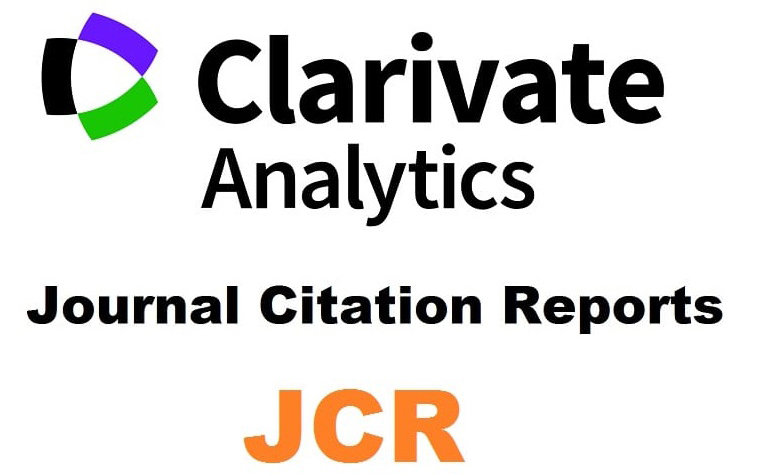Paradigmas historiográficos de la Antigüedad tardía: de Gibbon a la (vieja) New Late Antiquity Historiographical Paradigms of Late Antiquity: from Gibbon to the (Old) New late Antiquity
DOI:
https://doi.org/10.12795/araucaria.2022.i51.31Keywords:
Decline, continuity, Empire, Late Antiquity, ChristianityAbstract
Although Gibbon continues to be widely recognized as an exceptional historian, as well as a magnificent writer, few historians of late antiquity today share the interpretive paradigm of the decline and fall of the Roman Empire. Authors such as Peter Brown and Henri-Irenée Marrou successfully combated the "decadentist prejudice" when approaching the study of Late Antiquity. If we had to summarize in a single term the predominant interpretive paradigm in our days in the study of this period, it would be that of “continuity”: continuity (at the administrative, legal, cultural levels, etc.) between the post-imperial kingdoms of the Latin West and the imperial precedent and also continuity between Christian culture (popular culture and culture of the Fathers of the Church) and Greco-Roman culture.
Downloads
Metrics
References
Polymnia Athanassiadi, Vers la pensée unique. La montée de l’intolérance dans l’Antiquité tardive, Paris, Les Belles Lettres, 2010.
Peter Brown, El mundo de la Antigüedad tardía. De Marco Aurelio a Mahoma, trad. de J. A. Piñero, Taurus, Barcelona, 2021.
—, ‘The Rise and Function of the Holy Man in Late Antiquity’, en Journal of Roman Studies 61 (1971).
La caída del Imperio romano y la génesis de Europa. Cinco nuevas visiones, Editorial Complutense, Madrid, 2001.
Alan Cameron, The Last Pagans of Rome, Oxford University Press, New York, 2011.
Susanna Elm, Sons of Hellenism, Fathers of the Church: Emperor Julian, Gregory of Nazianzus, and the Vision of Rome, University of California Press, Berkeley, 2012.
Andrea Giardina, ‘Esplosione di Tardoantico’, en Studi storici: rivista trimestrale dell’Istituto Gramsci 40 (1999), pp. 157-180.
Edward Gibbon, Decadencia y caída del Imperio romano, trad. de J. Sánchez de León Menduiña, Atalanta, Girona, 2021.
—, Memorias de mi vida, ed. de A. Lastra, Madrid, Cátedra, 2022.
Kyle Harper, The Fate of Rome: Climate, Disease, and the End of an Empire, Princeton University Press, 2017.
Rita Lizzi Testa, The Strange Death of Pagan Rome. Reflections on a Historiographical Controversy, Brepols, Turnhout, 2013.
Robert A. Markus, ‘Between Marrou and Brown. Transformations of Late Antique Christianity’, en Transformations of Late Antiquity. Essays for Peter Brown, ed. de P. Rousseau y M. Papoutsakis, Ashgate, Farnham-Burlington, 2009.
Henri-Irenée Marrou, ¿Decadencia romana o antigüedad tardía? Siglos III-VI, trad. de P. García Martín, Rialp, Madrid, 1980.
Le Nain de Tillemont et l’historiographie de l’Antiquité romaine, ed. de Stan-Michel Pellistrandi, París, Honoré Champion Éditeur, 2002.
Friedrich Nietzsche, El Anticristo, trad. de Andrés Sánchez Pascual, Alianza, Madrid, 1997.
Catherine Nixey, La edad de la penumbra. Cómo el cristianismo destruyó el mundo clásico, trad. de R. González Férriz, Taurus, Madrid, 2018.
Peter van Nuffelen, Penser la tolérance durant l’Antiquité tardive, Les Éditions du Cerf, París, 2018.
Andrea Riccardi, La iglesia arde. La crisis del cristianismo hoy: entre la agonía y el resurgimiento, trad. de D. Salas Mezquita, Barcelona, Arpa, 2022.
Michele Renee Salzman, The Falls of Rome. Crises, Resilience, and Resurgence in Late Antiquity, Cambridge University Press, 2021.
Ronald Syme, Roman Papers, ed. de A. R. Birley Clarendon Press, Oxford, 1984.
Warren Treadgold, ‘Taking Sources on their Own Terms and on Ours: Peter Brown’s Late Antiquity’, en Antiquité Tardive 2 (1994).
Paul Veyne, El Imperio grecorromano, trad. de E. del Amo, Akal, Madrid, 2009.
Bryan Ward-Perkins, La caída de Roma y el fin de la civilización, trad. de M. Cuesta y D. Hernández de la Fuente, Espasa, Madrid, 2007.
Downloads
Published
How to Cite
Issue
Section
License
Las ediciones impresa y electrónica de esta Revista son editadas por el Secretariado de Publicaciones de la Universidad de Sevilla, siendo necesario citar la procedencia en cualquier reproducción parcial o total.Salvo indicación contraria, todos los contenidos de la edición electrónica se distribuyen bajo una licencia de uso y distribución “Creative Commons Atribución-NoComercial-SinDerivar 4.0 Internacional”
- Abstract 149
- PDF (Español (España)) 100











